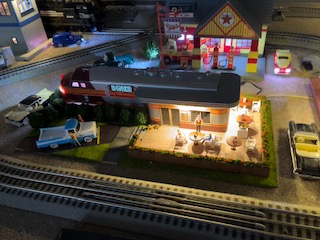I am converting all of my building lighting to adhesive strip LEDs. I am looking for the Electrical Forum's members' suggestions of what the best conversion device is.
The device must have a plug that fits into a wall outlet. and have as many as a dozen 12-volt DC output connectors that shall lead to barrier blocks throughout the layout. There are many of these connectors available on Ebay. Their specifications vary and are not really explicit.
Any recommendations as to a good brand and model as well as a source for the purchase said conversion device will be GREATLY appreciated.










